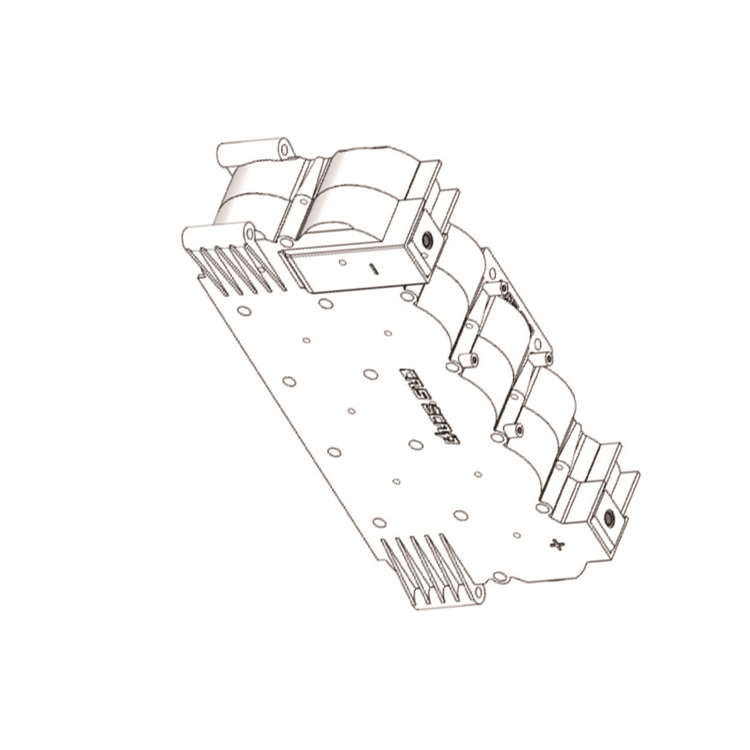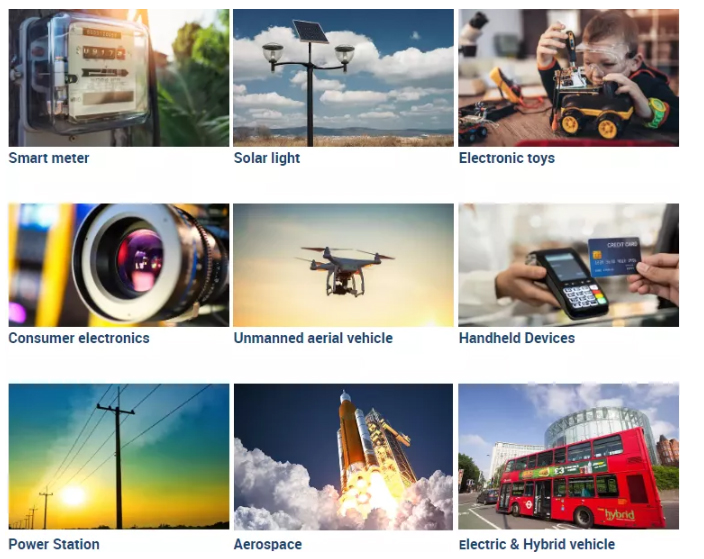Consulting phone:
135-3037-2041
(Mr.Wang)
Product introduction:
Double layer capacitance module: It is generated by the charge confrontation caused by the directional arrangement of electrons or ions at the electrode/solution interface. For an electrode/solution system, a double electric layer will be formed on the interface between the electron conducting electrode and the ion conducting electrolyte solution. When an electric field is applied to the two electrodes, the anions and cations in the solution migrate to the positive and negative electrodes respectively, forming a double electric layer on the electrode surface; After the electric field is removed, the positive and negative charges on the electrode attract the opposite charge ions in the solution to stabilize the electric double layer and generate a relatively stable potential difference between the positive and negative electrodes. At this time, for an electrode, a certain distance (dispersion layer) will generate a charge of opposite ions equal to the charge on the electrode, so as to keep it electrically neutral; When the two poles are connected with the external circuit, the charge on the electrode will migrate and generate current in the external circuit, and the ions in the solution will migrate to the solution and become electrically neutral, which is the charge discharge principle of the double-layer capacitor module.
Performance characteristics:
| Specification | characteristics |
| Rated voltage | 30V.DC |
| Surge voltage | 31.5V.DC |
| Capacity range | 80F |
| Operating temperature range | - 40 ℃~+65 ℃ |
| Product life Cycle life at room temperature | at 25 ℃, use constant current to make the capacitor charge and discharge 500000 times between specification voltage and half rated voltage, with capacity attenuation ≤ 30% and internal resistance change ≤ 3 times |
| High temperature durability life: under+65 ℃, apply rated voltage for 1000 hours, capacity attenuation ≤ 30%, internal resistance change ≤ 3 times |
Specifications:
Product number | Forehead Certainly Electricity Voltage (V) | Nominal capacity ( F) | Product ruler inch mm | Internal resistance | Working current (A) | peak value Electricity stream (A) | Leakage current (72hrs /µA) | can quantity (IN. h) | Energy Density (W.h/kg) | functional density (Kw / kg) | |||
Length (L) | Width (W) | high Degree (H) | ESRA C(25℃/mΩ) | (ΔT =15℃) | (ΔT =40℃) | ||||||||
YKY0030R008 0CAPZA00 | 30 | 80 | 326 | 90.6 | 145 | 8 | 54 | 88 | 730 | 1.8 | 10 | 3.3 | 4.5 |
Dimensions:

Application field:
● UPS system intelligent electricity meter, intelligent water meter, intelligent flowmeter and other instruments
● Backup power supply: RAM, detonator, car recorder, intelligent instrument, vacuum switch, digital camera, motor driven EVD, computer, car navigator, digital camera
● Energy storage: intelligent three meter, UPS, security equipment, communication equipment, flashlight, water meter, gas meter, taillight, small household appliances, electric toys, cordless telephone, television, electric rice cooker
● High current work: automobile industrial electrified railway, smart grid control, hybrid electric vehicle, wireless transmission
● High power support: wind power generation, locomotive starting, ignition, LED flash lamps for electric vehicles, solar power 
generation, etc
Double layer capacitor module
matters needing attention:
Super capacitors cannot be used in the following states:
1) Temperature above nominal temperature
When the capacitor temperature exceeds the nominal temperature, the electrolyte will decompose, and the capacitor will generate heat and the capacity will decrease,
Moreover, the internal resistance is increased and the service life is shortened.
2) Voltage exceeding rated voltage
When the capacitor voltage exceeds the nominal voltage, the electrolyte will decompose, and the capacitor will heat up and the capacity will drop,
Moreover, the internal resistance is increased and the service life is shortened. Therefore, reducing the service voltage can improve the service life.
3) Loading of reverse voltage or AC voltage
E
1. Influence of ambient temperature on supercapacitor
The service life of supercapacitor is affected by the service temperature. Generally, if the service temperature is increased by 10 ℃, the service life of supercapacitor will be shortened by half. Please try to use it in a low temperature environment lower than the high service temperature. If it is used beyond the high temperature, it may cause sharp deterioration and damage.
The use temperature of the super capacitor should not only confirm the ambient temperature and internal temperature of the equipment, but also confirm the radiation heat of the heater (power transistor, resistor, etc.) in the equipment, and the self heating temperature caused by ripple current. In addition, do not install the heater near the supercapacitor.
2. Please use the capacitor correctly according to the positive and negative pole marks.
3. Please avoid using super capacitors in the following environments.
a) The environment is directly splashed with water, salt water and oil, or is in the state of condensation and full of gas like oil or salt.
b) An environment full of harmful gases (hydrogen sulfide, sulfurous acid, chlorine, ammonia, bromine, methyl bromide, etc.).
c) Environment splashed with acidic and alkaline solvents.
d) Direct sunlight or dusty environment.
e) An environment subject to excessive vibration and shock.
4. Avoid overheating the capacitor during welding (for 1.6mm printed circuit board, the welding temperature shall be 260 ℃, and the time shall not exceed 5s).
5. Please avoid conducting circuit wiring between the outgoing poles of the super capacitor or between the solder joints of the connecting plate.
6. Overvoltage, exceeding the operating temperature range and other conditions beyond the rated conditions may cause the pressure valve to act and the electrolyte will be ejected. Therefore, please adopt the design method that has considered the possible occurrence of this abnormal condition.
7. During rapid charging and discharging, the voltage drop (also called IR drop) caused by internal impedance will occur at the beginning of charging and discharging. Therefore, please adopt the design method that has taken the voltage change amplitude into account.
8. If the terminals of power type high-capacity products (products above 10F) are short circuited during charging, hundreds of amperes of current will flow through, which is dangerous. Do not install or remove the battery in the charged state.
9. Do not put the capacitor into the dissolved solder, only stick solder on the guide pin of the capacitor. Do not let the welding rod contact the capacitor heat shrink tube.
10. Do not twist or tilt the capacitor forcibly after installation.
11. When supercapacitors are used in series, there is a problem of voltage balance between individual capacitors.